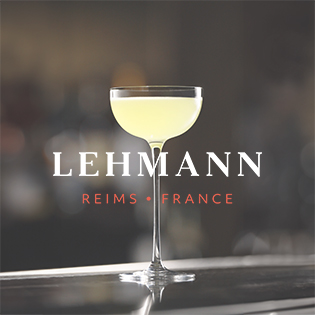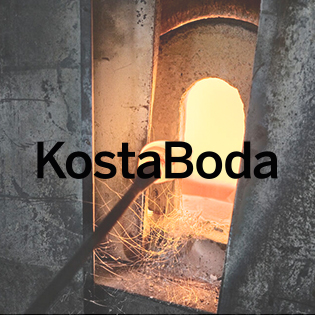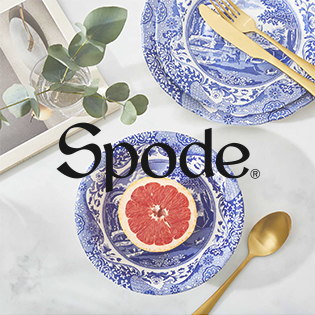Login
Terms & Info
Terms & Info
Read more about Glass
Production of crystal
The Craft
Sand is the basic ingredient in most types of glass. The sand is mixed with soda (sodium bicarbonate) or potash, which lowers the melting point and makes the melted glass more fluid. Additives that determine the properties and the colour of the glass are then mixed in. Historically lead was added to the batch to increase the density of the crystal. Lead also made it softer and easier to cut. Today this practice is banned because of the health risk associated with the substance. It's not a coincidence that cut glass items used to be made out of crystal since it is the type of glass that is softes and best suited to be cut. Nowadays zinc and barium have replaced the lead in crystal.
The mixture of ingredients is called the batch. Today it is most common that the batch arrives at the glassworks in the shape of pellets that are placed in ceramic pots to be melted. The melt is subsequently shaped. Kosta Boda and Orrefors have skilled craftsmen who produce the ceramic melting pots in-house. The pots need to be able to withstand extreme temperatures, so it is crucial that the pots are correctly produced. Glass does not have an exact melting point; it becomes gradually softer and more fluid when the temperature increases.
Shaping the glass
There are many ways of shaping the glass melt into finished products. The chosen technique determines at which temperature you shape the glass. In order to blow glass the glassblower needs to get glass melt from the pot onto the blowing pipe. When you blow into the pipe the glass forms a bubble, which is shaped using a variety of tools such as newspaper or tongs. When a wine glass is being made the glass melt is being pulled out from the bubble to create the stem. When the stem has been pulled out, more glass is added at the end to make the foot. The superfluous glass melt is cut off before the foot is shaped. Other methods are centrifuging, casting or pressing the glass melt to form the desired object.
It is common knowledge that hot water should not be poured into thin glasses since they tend to crack. Quick temperature shifts make glass crack. The same holds true during the production. Glass must be monitored very carefully when it is being cooled down. The items are placed in gradually cooler environments to avoid tension in the material that causes cracks. The cooling process is called annealing. The bigger the object, the longer the cooling down process.
Post treatment
Once the glass has been cooled down there are a number of methods that can be used. Some items are cut and polished while others undergo acid treatment or sand blasting. Glass can of course also be painted. Once a piece is painted needs to go into a furnace to be burnt in order to fix the paint. Unfixed colour would not withstand cleaning.
The finished objects
Once the glass has been cooled down there are a number of methods that can be used. Some items are cut and polished while others undergo acid treatment or sand blasting. Glass can of course also be painted. Once a piece is painted needs to go into a furnace to be burnt in order to fix the paint. Unfixed colour would not withstand cleaning.
The finished objects
Once an item is finished it is inspected to ensure that the customer gets a high quality glass. Only the perfect things are passed on for regular sale. Substandard glass is destroyed. The rejected glass is recycled by melting it down again. Those items that are judged to have only minor flaws may be sold at the outlet that can be found in connection with the glassworks.
 SE
SE EN
EN DE
DE DK
DK








